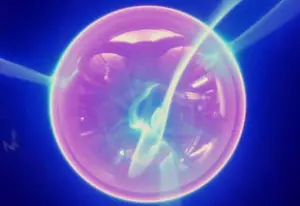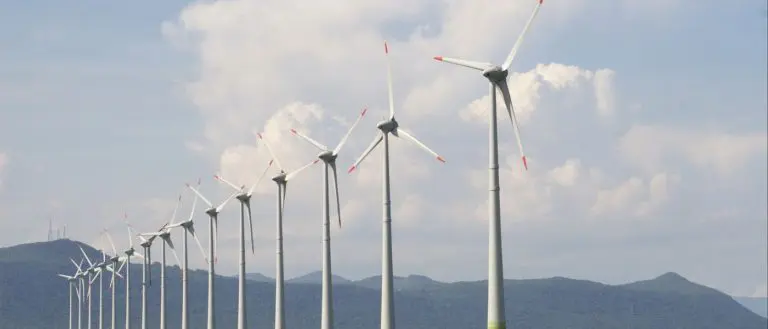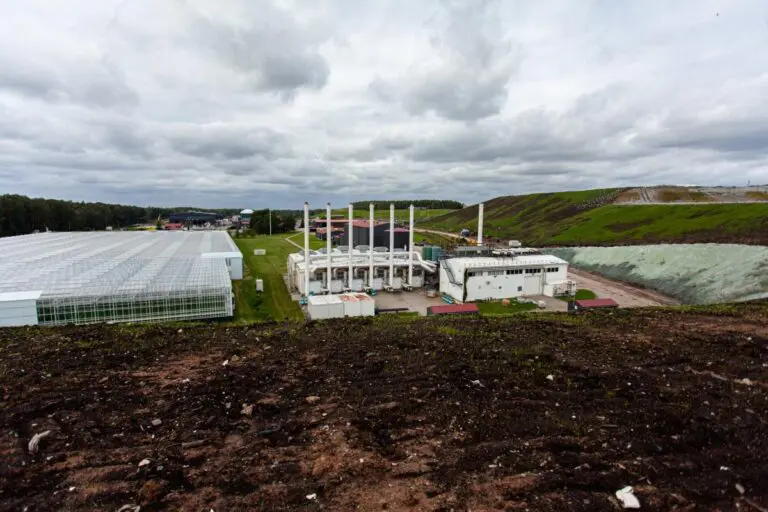Nashville, Tennessee based alternative energy equipment specialist, PHG Energy has collaborated with GE Power & Water on a waste to energy gasification project using GE’s Clean Cycle heat-to-power generator.
According to PHG Energy (PHGE), the system gasifies waste wood chips or other biomass to provide a clean-burning producer gas, which is then combusted in a heating unit that supplies the Organic Rankine Cycle (ORC) to produce enough electricity to supply approximately 50 homes.
The company said that the project is being conducted in Gleason, Tennessee, at a mothballed facility owned by clay brick manufacturer, Boral Brick Corporation.
The project features six industrial grade PHGE biomass fuelled gasifiers, which were used to offset natural gas consumption used to fire the kiln and are currently being tasked for research and development by PHGE until the plant re-opens with recovery of the housing industry.
Technology
“This system integrates three proven technologies: GE’s heat-to-power generator, PHG Energy’s gasifier and a standard heat exchanger,” explained PHG Energy President Tom Stanzione.
Stanzione added that the system is capable of operating on multiple and varied waste streams, and claimed that it offers operating costs far below existing waste to energy systems available in the marketplace.
Electricity produced by General Electric’s (NYSE: GE) heat-to-power generator unit is added to the grid through an agreement with the Tennessee Valley Authority.
According to PHGE the system is currently commercially configured in Covington, Tennessee, where the city has engaged it to build a waste to energy facility (pictured above) using both wood waste and sewage sludge as its fuel sources.
The company said that the new Covington plant will provide electric power and save the city hundreds of thousands of dollars annually in disposal costs and landfill fees.
Stanzione also said that PHGE is capable of providing the same technology in larger scale.
He projected that the next step as commercialising a plant of between one and five MW. This would utilise a recently completed and tested PHGE gasifier that produces eight times the output of the current models.
Source: Waste Management World








